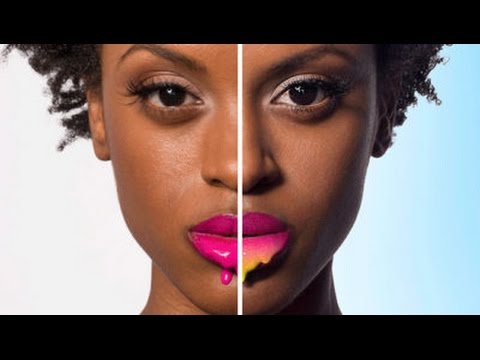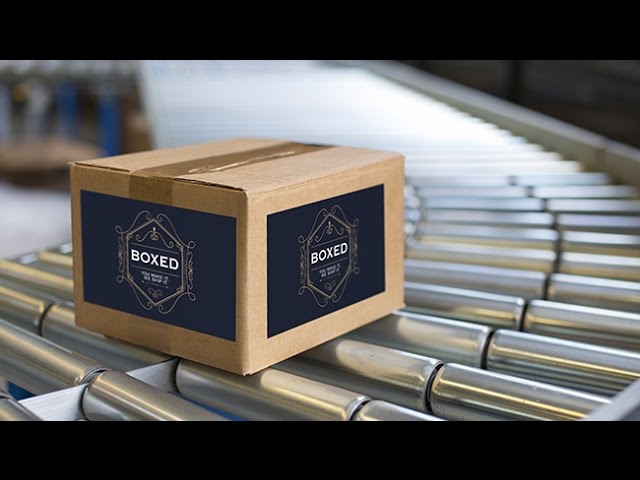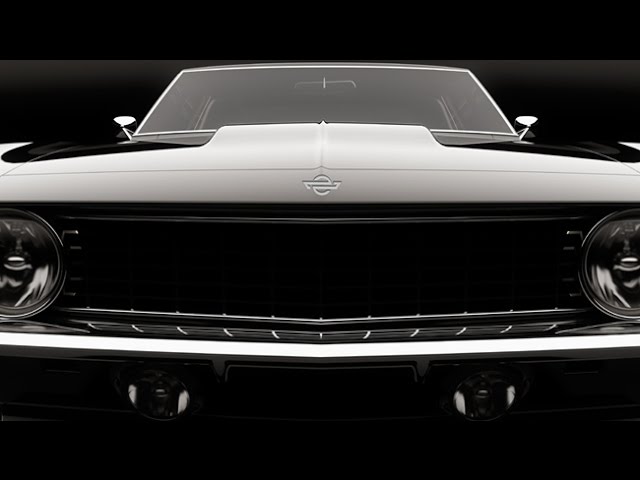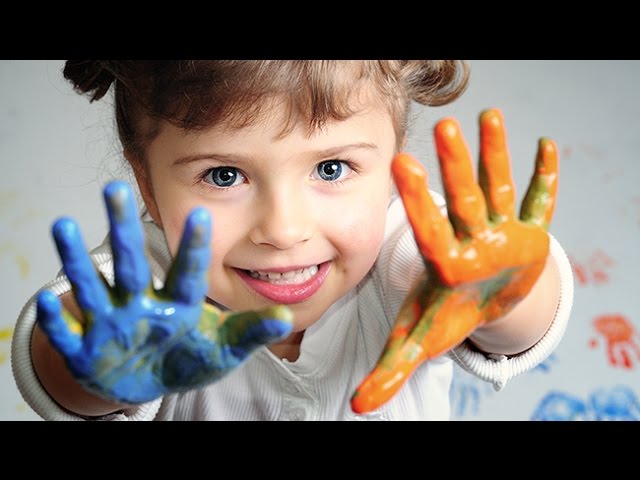Our #1 PRO Tutorial ever is now on Sale! https://phlearn.com/rtyoutube
How to Add Fire in Photoshop
The ability to harness fire separates mankind from all other animals, take it one step further and learn to create digital fire.
How to Render Flames in Photoshop
A new addition to Photoshop CC 2015 brings the power to render flames with a surprising amount of control.
To create flames, first, create a new layer and make a path you want the fire to follow using the Pen Tool. This pen path can mimic that of regular fire or make a shape for special effects.
After selecting the path, go to ‘Filter – Render – Flame…’ Here you can choose from a variety of options to create different types of flames.
We suggest using a reference image to model the flames after. In this example, we add rendered flames to an existing campfire, making it look larger.
How to Make Fire Look Realistic
After rendering flames in Photoshop, convert the flame layer into a smart object. Change the blending mode of the fire layer to ’Screen’ or ‘Lighten’, fire will never make a photo darker.
The flames may benefit from a little blur to make them more realistic. Because we converted the layer into a Smart Object, we can use smart blur filters. Go to ‘Filter – Blur – Gaussian Blur’ and choose a blur radius to match the photo. If you need to change the blur radius at any time, double-click on the filter in the Layers menu and adjust the slider.
VISIT PHLEARN.COM FOR MORE FREE TUTORIALS
SUBSCRIBE NOW FOR MORE FREE TIPS AND TRICKS
http://www.youtube.com/subscription_center?add_user=phlearnllc
GET FREE TUTORIALS SENT TO YOUR EMAIL + DISCOUNTS ON OUR PRO TUTORIALS!
https://phlearn.com/mail
LET’S BE FRIENDS!
Instagram ► https://www.instagram.com/phlearn/
Facebook ► https://facebook.com/phlearn
Twitter ► https://twitter.com/phlearn
Google+ ► https://plus.google.com/116791098059215639405
Phlearn ► https://phlearn.com










